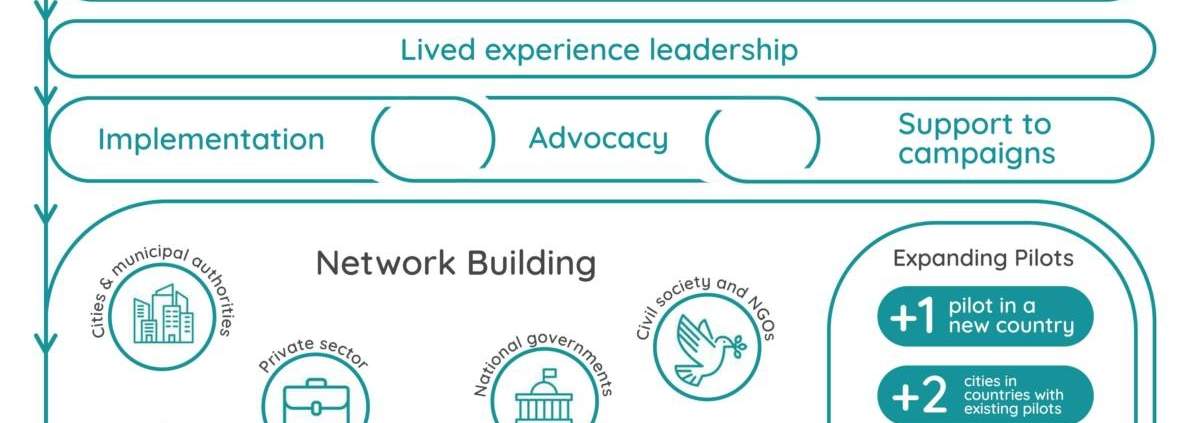From Enforcement to Engagement: Scaling Up Case Management as an ATD in Europe
Written by Hannah Cooper (Europe Regional Coordinator, International Detention Coalition)
Across Europe, there is pressure to increase the use of immigration detention as part of a push to accelerate return rates and reduce irregular migration. The horrifying scenes emerging from the Polish-Belarusian border or the recent tragedy in the English Channel are part of a trend amongst many European countries to use whatever means are at their disposal to push back, deter and contain people arriving at their borders – many of whom have fled their own countries in fear for their lives. Governments are curbing human rights and detaining people in often inhumane conditions, destroying the lives of individuals, their families and communities.
We know that detention is harmful to people’s mental and physical health, it is also ineffective, and expensive for governments and authorities. EU law states that detention should only ever be used as a last resort and in specific circumstances, yet frequently countries use detention by default, and this is on the rise.
Since 2017, the European Alternatives to Detention Network (EATDN) has been advocating for an end to immigration detention through piloting community-based alternatives to detention (ATD) and showcasing their effectiveness. The EATDN believes people don’t need to be deprived of their liberty during the immigration process and that there are better solutions than detention.
Over recent months, supported by IDC and PICUM, the EATDN has been working together to develop a plan to guide our work over the coming years. As part of working towards its goals, the EATDN sees a need to expand and amplify its pilots and this plan sets out a roadmap for how the Network will scale case management projects and community-based ATD for people who are at risk of detention.
Through this planning process, EATDN members have reflected on our collective progress thus far, taking into account internal and external achievements and set-backs, and reflecting on how the network can achieve more social impact by increasing its geographical scope, fostering partnerships with new actors, influencing social and political institutions, reaching more people and resolving more cases. The plan details our four objectives:
- Network building: Strengthening our relationships and expanding our networks will help to scale up our projects. Working collaboratively with governments, authorities, legal experts, communities including leaders with lived experience, and civil society will intensify our work to reach more people and contribute to resolving more cases.
- Geographical expansion: In the next two years, as well as establishing additional engagement in the areas we already work in, we aim to expand to several additional cities and one additional country. This way we will demonstrate to more governments that community management is the best solution.
- Expansion beyond groups experiencing vulnerabilities: We are extending our reach beyond women and families to reach those who are already in detention and those who are not identified as experiencing vulnerabilities.
- Increasing numbers: Within two years, we will increase the number of people we support with community-led management by 10-20%.

This scaling will be supported by a focus on advocacy, research, network-building, peer learning and the leadership of those with lived experience of detention. In this implementation plan, the EATDN lays out how these different elements of its work will be organised and implemented over the next two years in order to promote community-based solutions as well as expanding and amplifying case management-based ATD. Ultimately, our goal is to work towards ending immigration detention by providing strong evidence that migration management frameworks that do not include detention are feasible and effective. Our scaling plan outlines how, by broadening and deepening our work, we are creating sustainable change now and into the future.
The EATDN’s two-year implementation plan for scaling can be read in full here.





